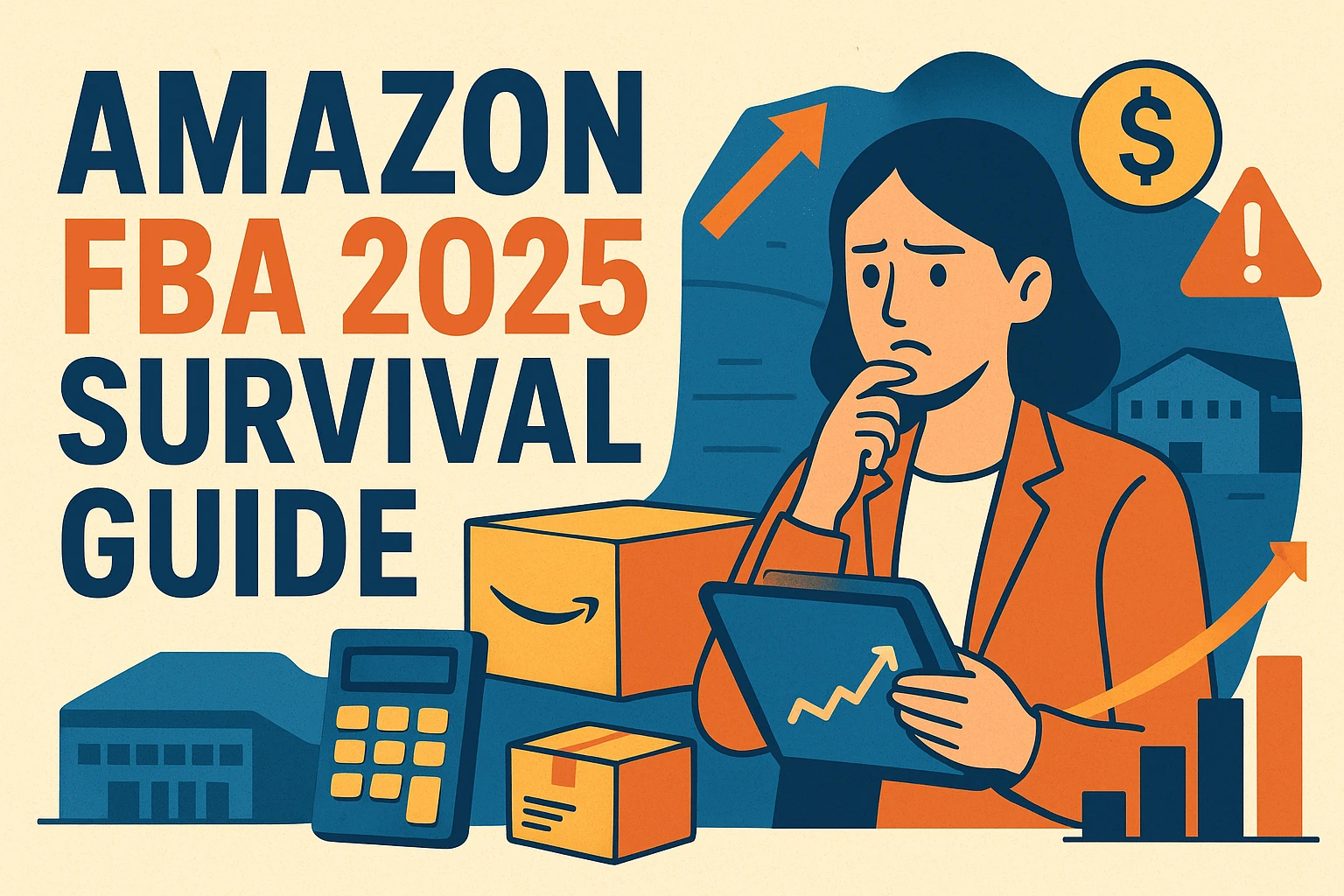Address
304 North Cardinal St.
Dorchester Center, MA 02124
Work Hours
Monday to Friday: 7AM - 7PM
Weekend: 10AM - 5PM

For U.S.-based Amazon sellers and eCommerce brands, Fulfillment by Amazon (FBA) remains a cornerstone of scalable growth — but 2025 has brought new financial pressures. Rising fulfillment fees, shipping costs, and storage surcharges are squeezing seller margins across the board.
The good news? With strategic SKU optimization, data-driven inventory management, and smart use of FBA prep services, these challenges can turn into powerful opportunities for profit growth.
Let’s break down how you can stay ahead and win in the 2025 FBA landscape.
Amazon’s 2025 FBA fee changes aren’t just numbers — they’re a wake-up call to rethink your cost structure and product mix. Here are the key changes impacting U.S. sellers:
These changes make cost optimization essential. Ignoring them could erode profits — even on your best-selling SKUs.
Bulky and slow-moving items take the biggest hit.
For example:
Pro tip: Trimming underperforming SKUs and improving sell-through rates can immediately cut fee exposure.
Not all SKUs are worth keeping. Optimizing your catalog helps focus resources where they matter most.
1. Audit SKUs with Seller Tools
Use tools like Helium 10, Jungle Scout, or SellerApp to run profitability reports that include FBA, shipping, and storage fees. Flag SKUs with margins under 15% — they’re draining profits.
2. Simplify Product Variations
Too many color or size options increase complexity and storage costs.
A U.S. apparel brand reduced its t-shirt line from 10 to 7 colors — cutting storage fees by 22% and freeing up capital for faster-moving products.
3. Bundle Smartly
Combine complementary items (e.g., phone case + screen protector) to increase average order value — just keep bundles light to avoid higher fulfillment fees.
Amazon’s algorithms in 2025 penalize poor inventory turnover more strictly than ever.
Use demand forecasting to predict sales peaks like Prime Day or holiday seasons.
A home goods brand used AI-based forecasting to cut overstock by 35% in Q1 2025, saving $4,200 per month in storage fees.
If items stagnate, run limited-time discounts or Lightning Deals to clear inventory — turning dead stock into cash while avoiding long-term storage fees.
FBA prep services are no longer optional — they’re a competitive edge.
They handle labeling, poly bagging, inspections, and compliance, helping sellers avoid costly Amazon fines (up to $100 per non-compliant unit in 2025).
💡 Tip:
Choose prep centers near Amazon’s major fulfillment hubs (e.g., Texas, California) to reduce shipping time and costs. Look for providers with error rates below 1%.
Shipping from your warehouse to Amazon’s FCs has risen 18% since 2024, but you can still win with strategy:
Use FBA for your top-performing SKUs and FBM or SFP for low-turnover or oversized products. This hybrid model balances efficiency and cost, ensuring profitability even under tighter margins.
Amazon’s 2025 fee hikes are a test — but also an opportunity.
By optimizing SKUs, tightening inventory management, and leveraging the right logistics partners, you can thrive while competitors struggle.
Our team of Amazon experts helps U.S. sellers audit SKUs, negotiate shipping rates, and select the best FBA prep services.
👉 Book your free 30-minute FBA cost optimization consultation today and start maximizing profits before Q4.
Q1: How do FBA fee adjustments affect small sellers?
Small sellers feel fee hikes more acutely. Reducing slow-moving SKUs and using leaner inventory cycles can help offset storage and fulfillment costs.
Q2: Which tools help manage FBA costs?
Top tools include Helium 10, SellerApp, and Jungle Scout — all provide profitability tracking, fee analysis, and inventory forecasting.
Q3: Are FBA prep services worth it?
Absolutely. They minimize compliance errors, lower shipping costs via consolidation, and ensure your products meet Amazon’s strict packaging standards — saving you both time and money.
Meta Title:
Amazon FBA 2025 Survival Guide: Reduce Fees, Boost Profits, and Optimize Your Inventory
Meta Description:
Learn how to navigate Amazon’s 2025 FBA fee changes. Discover cost-cutting strategies, SKU optimization tips, and logistics solutions to keep your eCommerce business profitable.